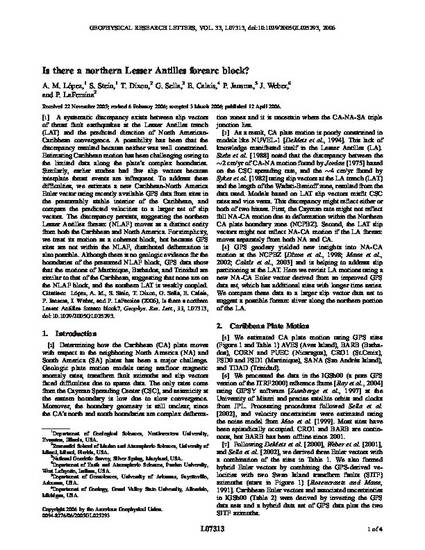
Earth scientists rarely influence public policy or urban planning. In defiance of geologic reality, cities are established on or expanded into floodplains, wetlands, earthquake faults, and active volcanoes. One exception to our lack of influence is that shortly after a major natural disaster, there is a brief window of heightened public awareness that may lead to sensible regulation or relocation of infrastructure. After the 1933 Long Beach earthquake, for example, California building codes were improved to reduce earthquake hazard. After Mississippi River flooding in 1993, several U.S. cities designated parts of their low-lying flood-plain as green space.
Eos, Transactions, American Geophysical Union, v. 89, issue 10, p. 96
©2008. American Geophysical Union. All Rights Reserved.
Available at: http://works.bepress.com/timothydixon/39/
